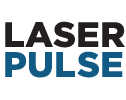Increasingly, researchers, practitioners, policy makers and donors are interested in research that generates on-the-ground solutions to development challenges. Research translation, a concept that broadly means applying research to practice, can be leveraged to harness evidence to address complex challenges in international development. LASER PULSE, approaches research translation as an integrated component of the entire research cycle, built in from the very beginning of the project instead of as a final phase in the research process. LASER PULSE affirms that research translation is most effective if it is embedded across all phases of the research project from identifying the research topic to disseminating the findings for broader impact and scale.
Central to LASER PULSE’s approach to research translation is its ability to bridge researchers, thought leaders, innovators, and scientists with practitioners on the ground doing the work – including NGOs, civil society, the private sector and government actors – around the same development targets. Recognizing that research translation is an iterative, collaborative process, LASER PULSE promotes a model in which development solutions are derived through a co-development process between practitioners and researchers. Once these key actors are connected, Embedded Research Translation serves as the means for collaborating on research solutions for development.
THE LASER PULSE MODEL
LASER PULSE defines Embedded Research Translation (ERT) as an iterative co-design process among academics, practitioners, and other stakeholders in which research is intentionally applied to a development challenge. Core to this approach are four pillars: partnership, process, product, and dissemination.
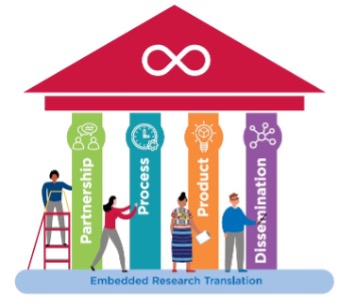
Partnership: By integrating translation partners early and throughout the research collaboration, the model ensures that the research solution is custom generated for the development challenge and the outcomes are more readily adapted and applied by practitioners.
Process: Through establishing a collaborative partnership process, the researcher and practitioner team ensure they have a solid foundation to work together effectively on development research.
Product: The model emphasizes that while innovative and evidence-based research is important, it ultimately needs to result in a co-designed translation product that informs policy and/or practice. Translation products – such as briefs, training guides, and videos – should lead to changes or recommendations in legal, funding, accountability, feasibility, or implementation mechanisms.
Dissemination: LASER PULSE seeks not just to increase research capacity, output and translation, but also research dissemination and use. Including a dissemination plan enables wider application and scale-up beyond the initial translation partnership and toward a larger uptake of relevant findings in the field or region.
EMBEDDED RESEARCH TRANSLATION IN PRACTICE
LASER PULSE believes innovation and discovery can occur in research laboratories, in the field, as well as through the learning process throughout the implementation and scaling phases. Pathways to innovative, field-tested solutions are reinforced through deep collaboration with the stakeholders closest to the development challenge, and more specifically practitioners working to solve it.
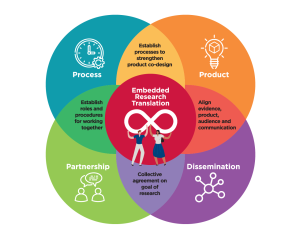
LASER PULSE strengthens the capacity of practitioners to navigate the world of research and for researchers to become more deeply aware and integrated into the programming and policy spheres of development. It integrates Embedded Research Translation across all its activities to ensure research is translated into policy and practice for development impact by:
- facilitating connection between researchers and practitioners stakeholders (public, private, non-profit) via the LASER PULSE network;
- ensuring that Research for Development (R4D) conferences and virtual workshops are engaging and accessible to both researchers and practitioners;
- supporting the deep collaboration between researchers and practitioners through awarding competitive grants and USAID buy-ins;
- working with researchers to ensure that research results are adapted into formats that practitioners can easily understand and use; and,
- supporting the dissemination of translated research products to encourage scale and wider application.
Some examples of LASER PULSE projects implementing the pillars of ERT include:
Partnership
- Virginia Tech University, Egerton University, and Australian company AgUnity – Blockchain Technology to Improve Food Security
- University of Notre Dame, Luigi Giussani Institute, Save the Children, and the Ugandan Ministry of Education and Sports – Measuring Teacher Well-being
- Makerere University, Gulu University Constituent College, Mbarara University of Science and Technology, and USAID Uganda Mission – The Voices of Indigenous People
Process
- While in COVID-19 lockdown, the Applied Nutrition Research Capacity Building (ANRCB) project provided partners with a modest internet data subsidy to support their work while at home.
- The Be Well, Teach Well project established an Expert Advisory Group (EAG) including government officials, academics, and local institutions. Among other tasks, the EAG provides input on policy briefs and assists in identifying audiences for research findings.
Product
- Private Sector Engagement Evidence Gap Map
- Blockchain technology app for African Indigenous Vegetables supply chains – Improving food security
- Successfully Scaling and Transitioning Kenya’s Tusome Early-Grade Reading Program – Policy brief
- Data set and training manual to present the current and future states of water resources based on water budgets, forecasts, and analysis of shocks – Data-Driven Decision Support for Improved Water Security in East Africa
Dissemination
- Webinar of how to use Evidence Gap Map recorded and uploaded to YouTube – Private Sector Engagement
- Webinar of research results for 200 USAID staff – Self Reliance Learning Agenda
- Two TV broadcasting environmental programs on national educational and cable channels – Decentralized Water Resource Circulation as a Sustainable Solution for Plantation
- Multimedia modules, documentary videos, and e-learning modules targeting key decision-makers, youth and women in the study area, policy makers at various tiers, researchers, and pastoral training centers – Youth Empowerment through Livelihood Transformation in Agro-Pastoral Areas of East and West Hararghe Zones, Oromia Regional State, Ethiopia
MEASUREMENT OF EMBEDDED RESEARCH TRANSLATION
Through biannual surveys and interviews with the practitioners and researchers on the project teams, LASER PULSE monitors the progress, outcomes, and impacts of all funded projects. In particular, the program measures the effectiveness of the research collaborations, the impact on changes to policies or practices, and the transformative changes to development research practices. LASER PULSE anticipates that the research-driven solutions created through the application of the ERT model will continue to have impact beyond the timeframe of the program.
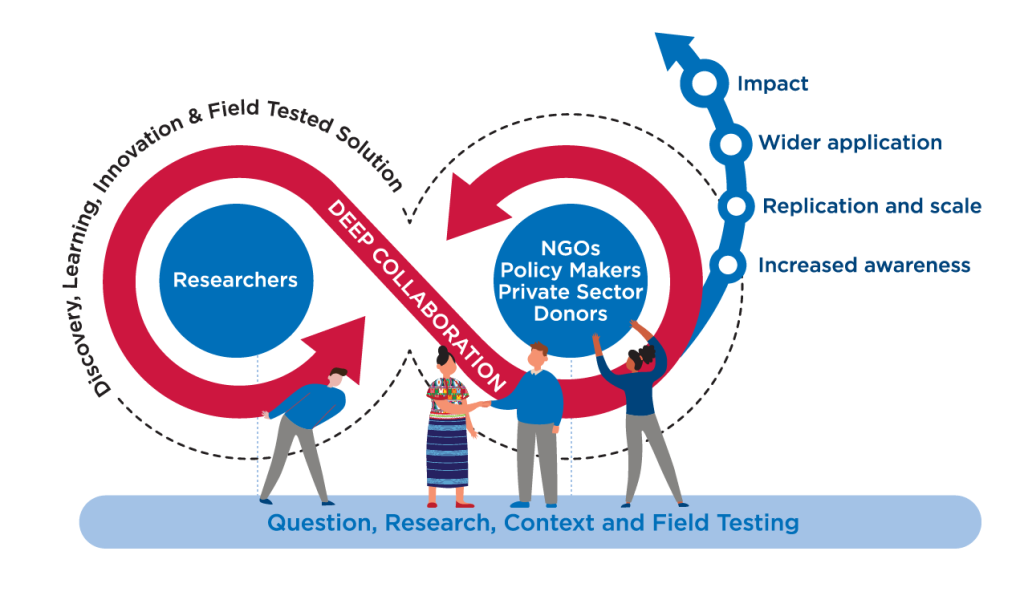
ADDITIONAL RESOURCES
LASER PULSE is committed to delivering practical, research-driven solutions to global development challenges through building the capacity of researchers and practitioners to collaborate more effectively. Additional resources and opportunities for engagement around Embedded Research Translation include:
- Network – Connect and engage with researchers and practitioners around the world
- Introduction to Research Translation Online Course – Free introductory course on Embedded Research Translation
- Guiding Questions to Plan for Research Translation – A workbook to develop a research translation strategy and M&E plan
- Promising Practices for Embedded Research Translation – A toolkit to improve partnerships, processes, products, and dissemination efforts
- Research Translation Implementation Planning Template – A template to plan toward implementing your research translation strategy
- Additional Support Materials and Online Modules on Research Translation – Digital tools, templates, and trainings to support key components of research translation planning and implementation for projects
- LASER PULSE Examples of ERT
- Practitioner-Researcher Toolkit (Coming Soon) – tools, templates, and guides to improve collaboration between researchers and practitioners
